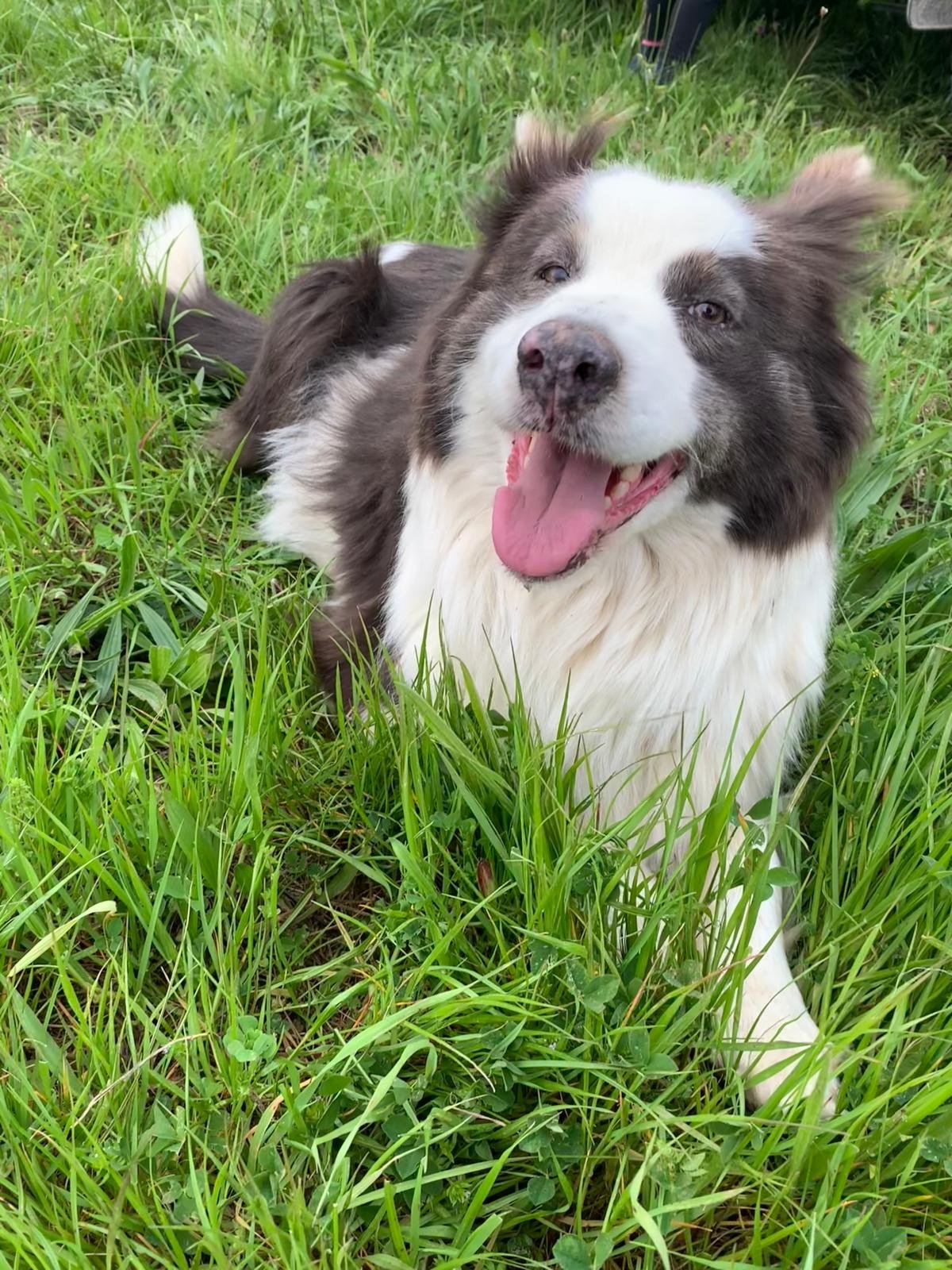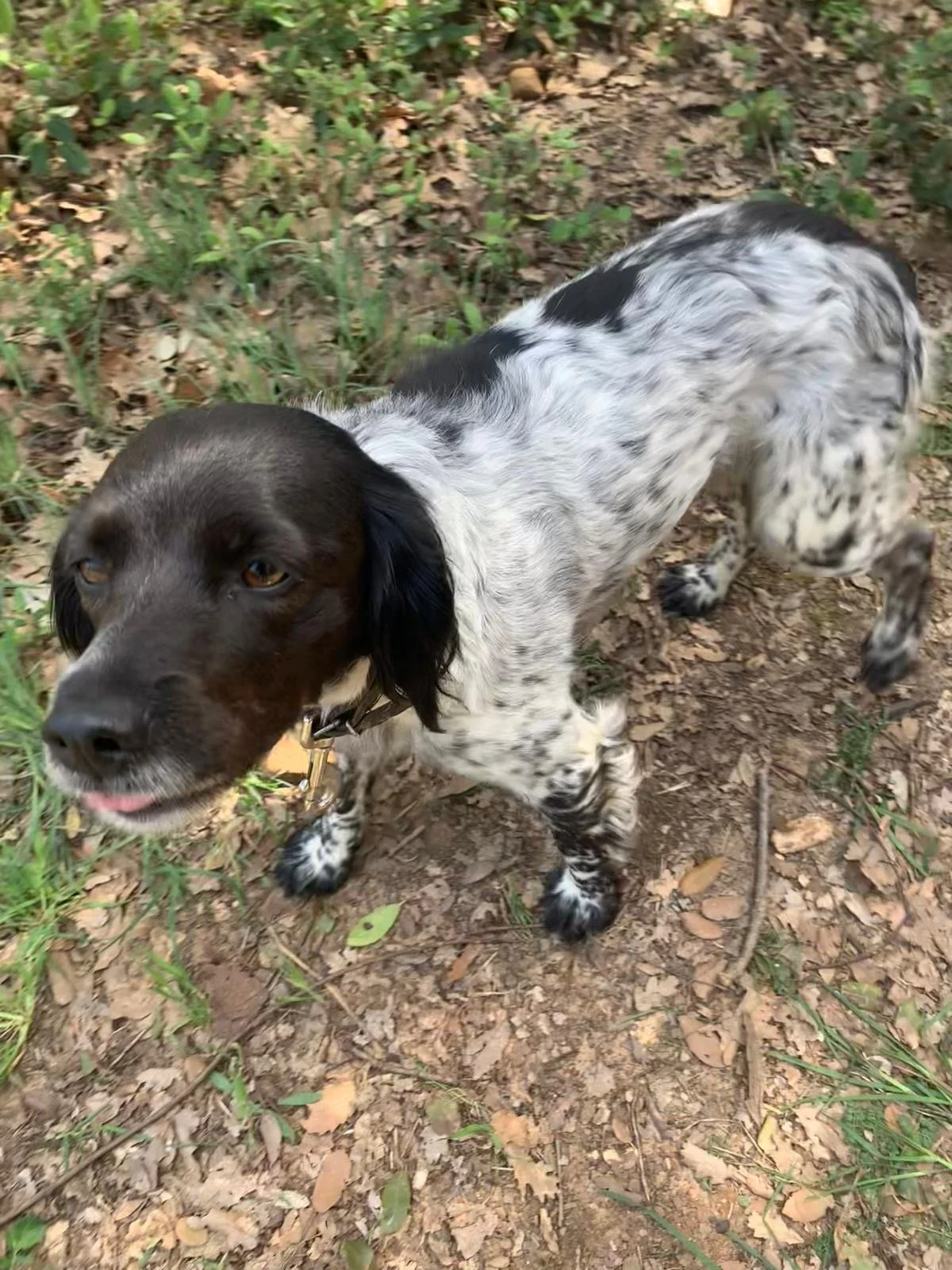THE
ESTATE
Mas d’Espanet began with Denys et Agnès Armand having a deep appreciation for this 19th-century farmhouse, a place rooted in the history of self-sustaining agriculture. Growing in harmony with our needs and our environment was pivotal for us, we wanted to go far beyond just cultivating vines. We sought to restore the land to its original and nourishing purpose: planting ancient wheat varieties, maintaining beehives, olive trees, truffle oaks, raising sheep for their beneficial presence among the vines, not to mention a vegetable garden and poultry yard.
Working with biodynamics is, above all, about rediscovering traditional farming wisdom - the kind that harmonized humans with their immediate environment.
The story
of the winery
How it started
Following a lineage of generations of vine growers and distillers, Denys settled at Mas d'Espanet in 1980.
Everything had to be done on the estate which had been left abandoned: preserving old Languedoc red grape varities (Grenache Noir, Carignan, Cinsault), planting white grape varieties (Grenache Blanc and Gris, Sauvignon Blanc, Viognier, Clairette, Picpoul, Chenin Blanc) — varieties that were previously absent — chosen according to the terroir and personal favorites.
In 1999, the cellar was restored, the former sheep house was converted into a barrel aging cellar, and 20 hectares began to be vinified.
Terroir
Located near Nîmes at the northeastern border of the Languedoc, under the influence of two climates, the vineyards offers a wide variety of soils and exposures allowing us to plant different grape varieties (those include old vines over 50 years old).
The mistral wind, cool nights, a natural approach to viticulture and controlled yields depending on the grape variety give the wines of Mas d’Espanet freshness and aromatic concentration unexpected for the region.
Vineyard interventions follow the lunar calendar and biodynamics principles:
Pruning Grenache when the February moon is descending
Vines are plowed on fruit or root days
Loosening of the earth around the base of the vines and shallow plowing are done three times a year
Partial cover cropping in summer and full cover in winter, with a flock of sheep grazing from October to March
Treatments are based on copper, sulfur, and plant macerations (horsetail, nettle, etc.)
Vinification
The grapes are manually harvested and sorted in the vineyard. The semi-underground cellar allows us to use gravity during winemaking.
Red wines: traditional methods, aged in vats and large oak casks. The length of maceration depends on the grape variety and the cuvée.
White wines: destemming, direct pressing, fermentation and aging in demi-muids (600L barrels), large casks, and amphorae on the lees.
Rosé wine: destemming, direct pressing, and vinification in tank on the lees.
The team
a family affair
Guillaume
Cami
Jewel
Rosa
Vénus
Aramon
Agnès
Denys









